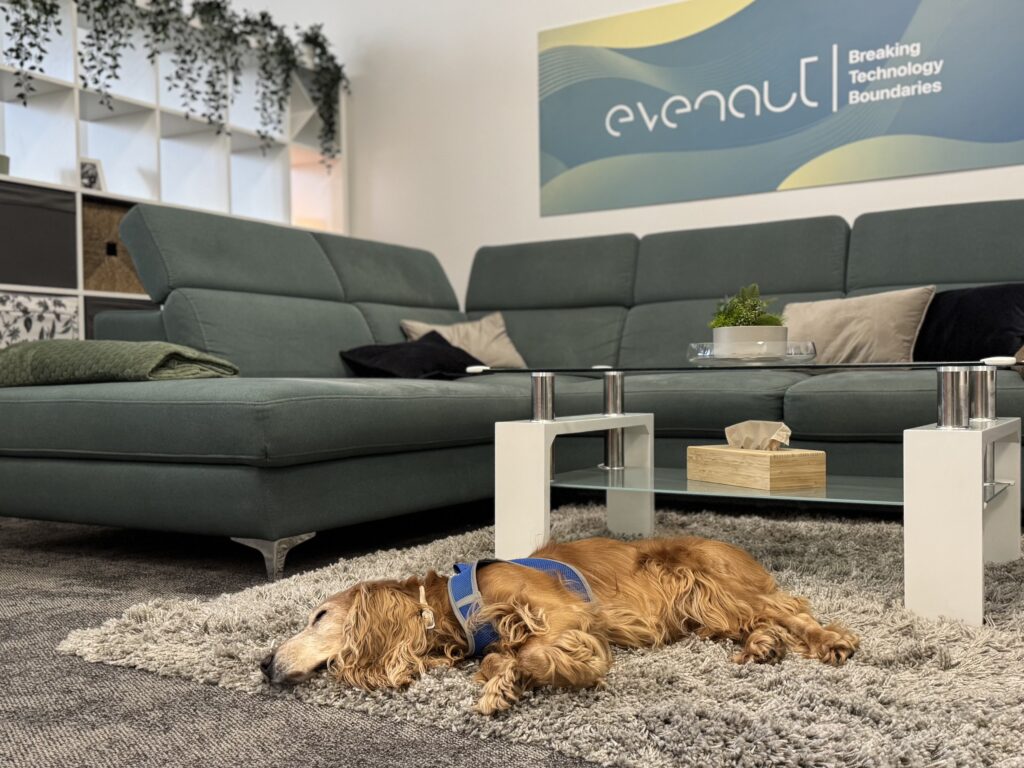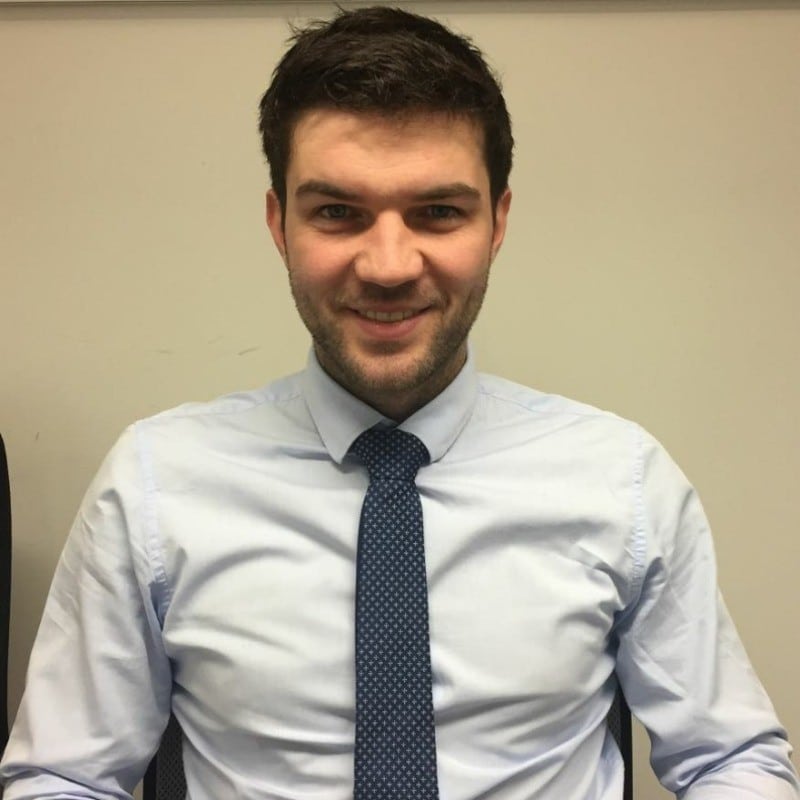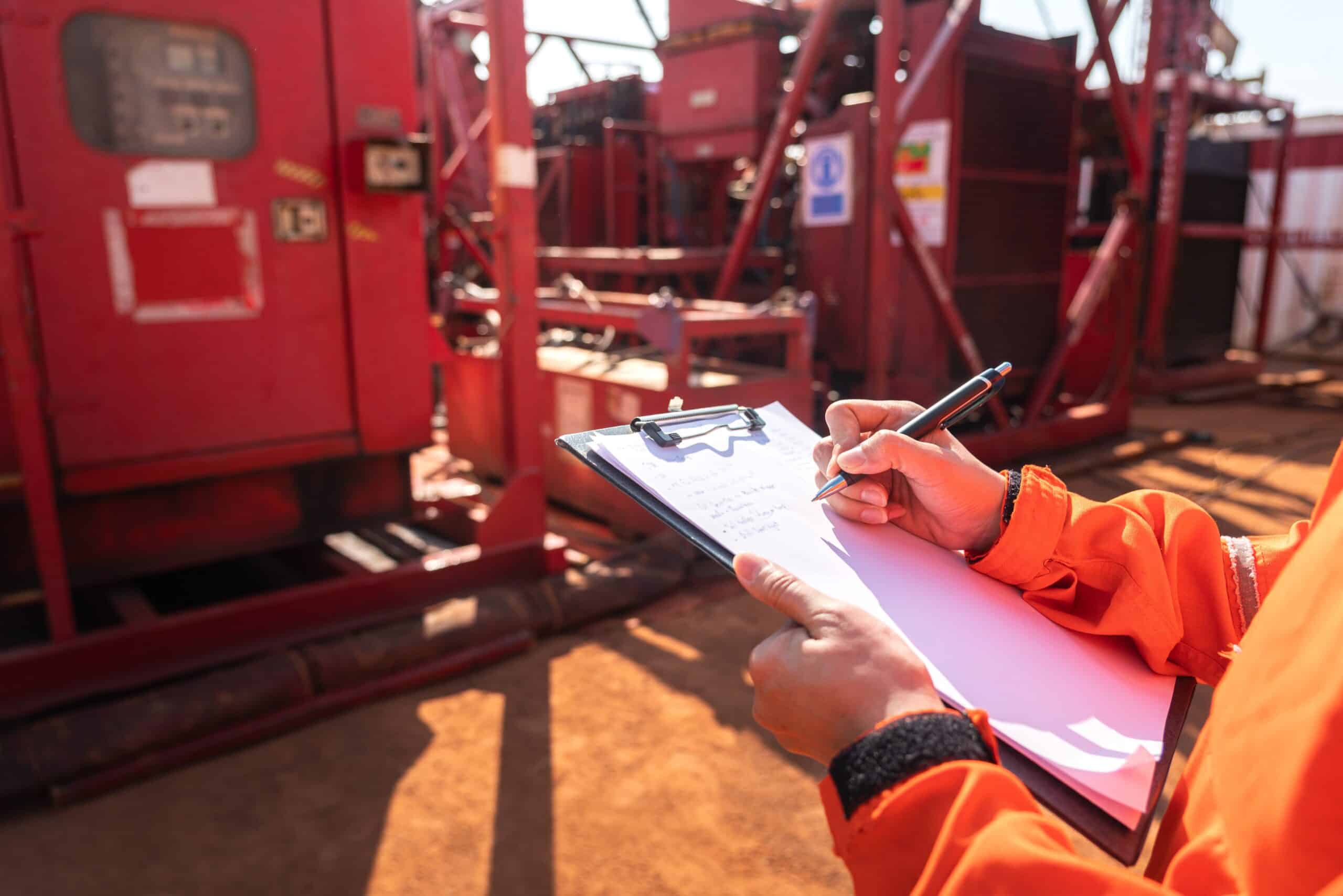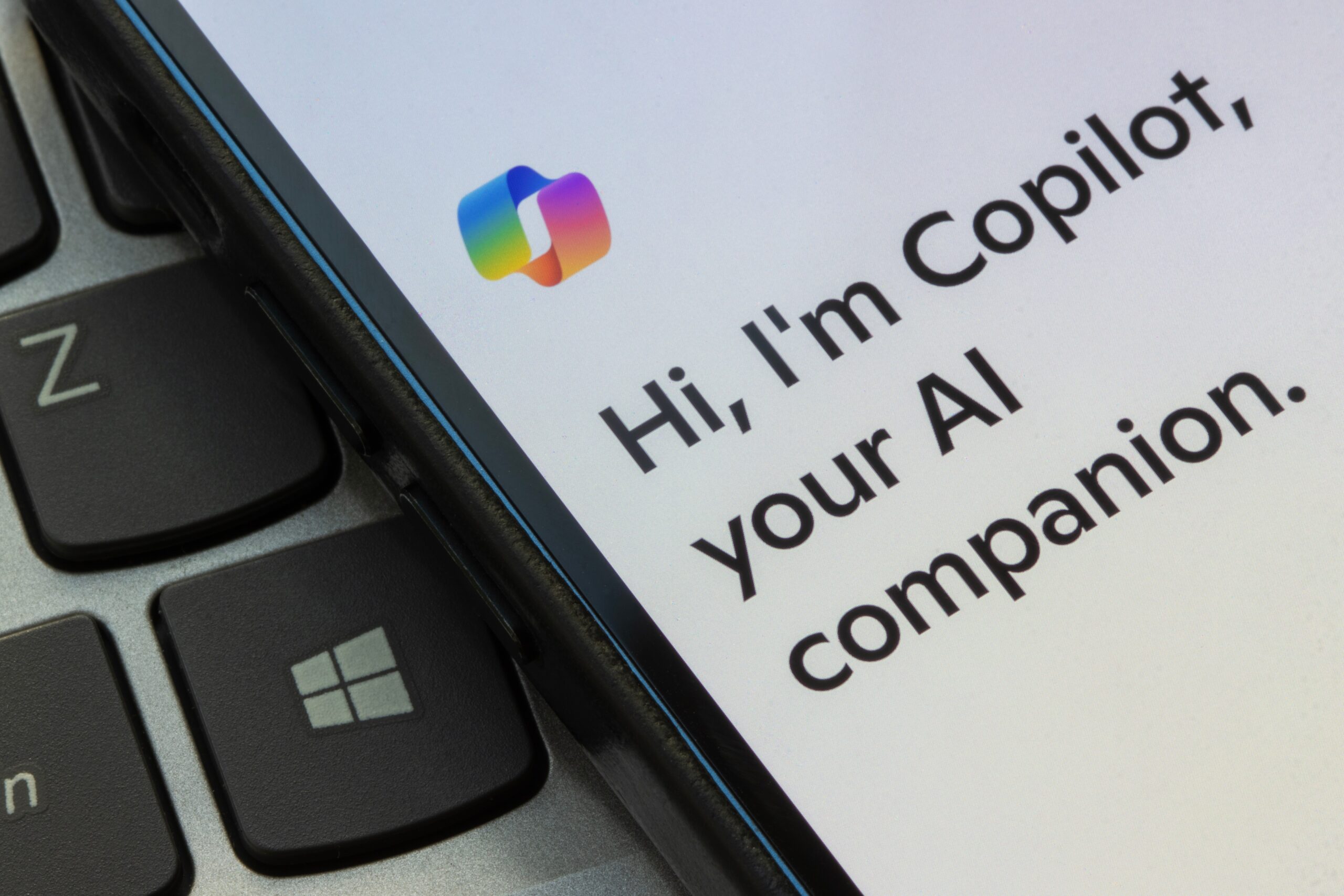A year ago, I was still working in recruitment—finding the right people for the right teams. Today, I help those teams deliver working solutions that transform how companies operate. I didn’t plan it this way, but as life often does, it had a plan of its own—and it went full throttle. Over the past few months, I’ve been involved in developing several applications now running at corporate clients. I helped build solutions like Gemba, DRS, Safework, and Project Tracker. On top of that came workshops, training sessions, and customer meetings where we fine-tuned how to put everything together—and most importantly, how to make it all truly work.
When a customer says they just want “a simple app” and that “a blue button will do,” an experienced project manager knows—it’s only the beginning. Agile development isn’t about planning everything down to the last detail and ticking off tasks. It’s more about the daily balancing act between what’s needed, what’s possible, and what still fits the budget. And it’s exactly in that space—between expectations and reality—where solutions with real impact are born.
Sprints That Make Sense
In every sprint, we sit down with the customer to set clear priorities. Whether it’s Gemba or DRS, there’s always something that matters most right now. Sometimes it’s a safety training module, other times an audit report or a simple performance tweak. The key is that the customer doesn’t have to wait six months—they see results right away. And the team knows exactly what’s worth focusing on.
Translation Between Worlds
There’s often a long road between the initial request and the final solution. And that’s exactly where my role comes in—to translate the customer’s business language into developer-speak, and the other way around.

When a customer says they want it to be blue, the developer asks what exactly the blue is supposed to do. And I’m the one who has to make sure everyone ends up on the same page. Every day, I juggle expectations, technical possibilities, and budgets. I try to keep the customer, the team, and the accountant happy. In a perfect world, all three walk away satisfied. In the real one, it’s a win if none of them are unhappy for too long.
But when I see that Gemba is genuinely improving safety culture, or that DRS is saving time for receptionists who no longer have to run around with paperwork, I know it’s all worth it.
It wouldn’t work without a sense of humor
Development isn’t just about code. It’s also about people. Between debugging and preparing for deployment, it’s sometimes important to slow down and share a laugh. In our team, even feature names are occasionally born out of a joke or a spur-of-the-moment idea. While the final product is always professional, we never forget to enjoy the process. It’s this balance between discipline and humanity that helps us create things that truly make sense.
Humor is just as important in a team as code. When people talk to each other, understand the “why” behind their work, and have space to ask questions, they can handle even the toughest sprints. And when things get stuck, coffee usually helps – or a well-aimed meme that captures the situation better than a Jira status update.

It’s not about the board – it’s about the outcome.
In the end, it’s not about sticking to the Gantt chart. It’s about creating something with real value. Gemba makes it easier to report risks. Safework handles safety checklists. Project Tracker helps plan capacities. Every project is different, but the essentials stay the same: listen, plan, refine, and deliver. And deliver in a way that works—not just in a presentation, but in everyday operations.
Why do we actually do this?
If you’ve made it this far and still aren’t quite sure what a typical day for a project manager looks like—well, it’s a ride. Sometimes it’s emotional, sometimes it’s high-pressure or stressful. And other times, it’s pure flow, focus, and the joy of seeing everything fall into place.
But that moment—when we hand over the app and the customer says it’s exactly what they needed—is priceless. Suddenly, all the tension, the struggles, the fine-tuning, and the compromises fade away. What’s left is the feeling that it was all worth it.
And even when it hurts sometimes, most of those tough moments eventually turn into stories we laugh about over coffee. Because we’re not in it alone—we’re a team. Often, a bit like a family. And that’s exactly why I do this job.
Lukáš Pospíšil – Project Manager
Since 2022, he worked as a recruiter for renowned companies on the Czech market, focusing on talent acquisition and development across various industries. In 2024, he transitioned into the role of project manager and product owner, contributing to the development of corporate applications and digital solutions. He played a key role in the creation of projects like Gemba, DRS, and Project Tracker, combining a strong understanding of business needs with a focus on delivering functional and meaningful outcomes.







